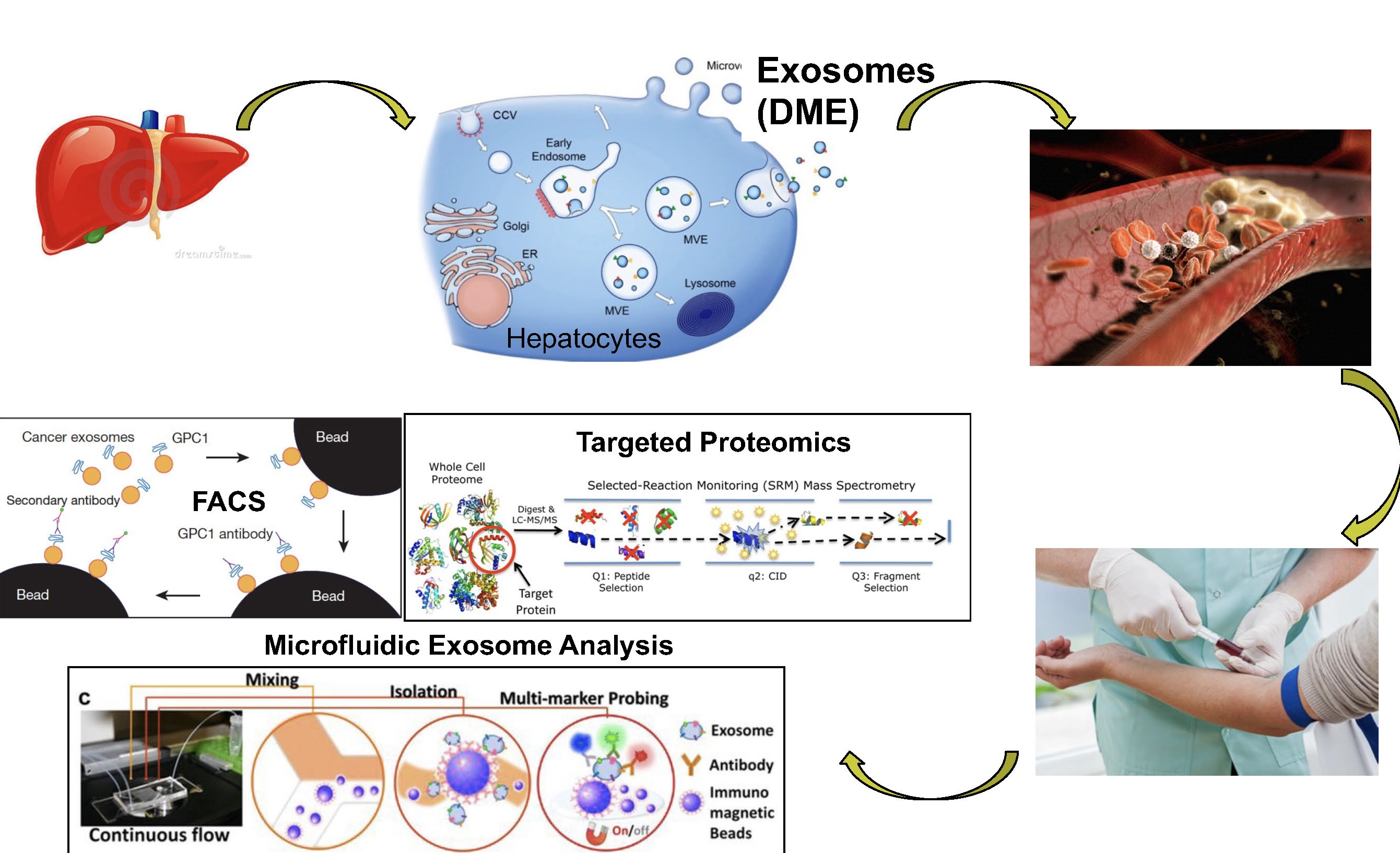Michael Wang Lab

Michael Zhuo Wang, Ph.D.
Professor
Office: 252 Simons, (785) 864-1899
Labs: Simons 245 and 249
Email: michael.wang@ku.edu
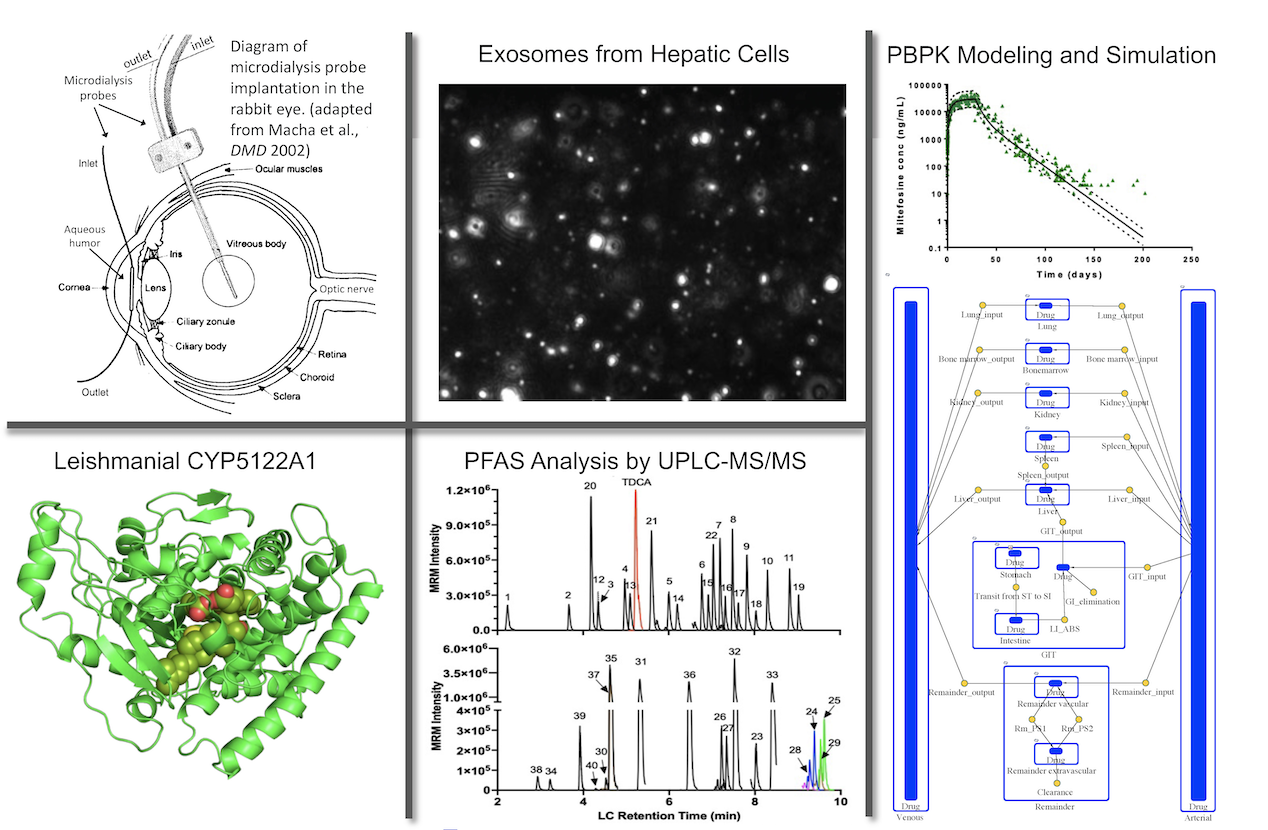
Current Research:
- Ocular drug disposition, delivery, and therapeutics
- Environmental PFAS analysis and therapeutics
- Drug discovery for protozoan infectious diseases
- Cancer biomarkers and exosomes
Research Areas:
- Bioanalytical Chemistry & Proteomics
- Drug Metabolism and Drug Delivery
- Pharmacometrics
- Infectious Diseases
Research Projects
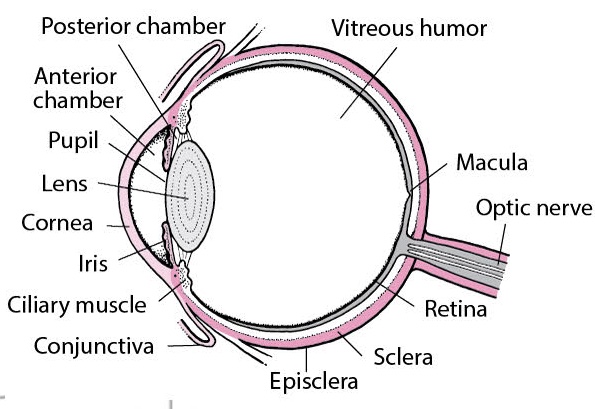
Ocular Drug Disposition, Delivery, and Therapeutics
- Better understanding of ocular DMEs and DTs to expedite ophthalmic drug devlopment
- Novel peptide-based drug modality for glaucoma therapy
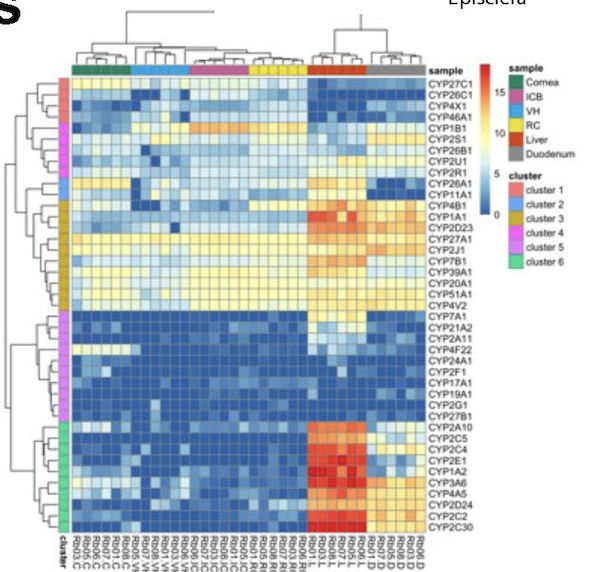
Micro-Omics - Novel ophthalmic formulations to improve ocular drug delivery
- Predictive in vitro and computational models for ophthalmic drug/formulation evaluation
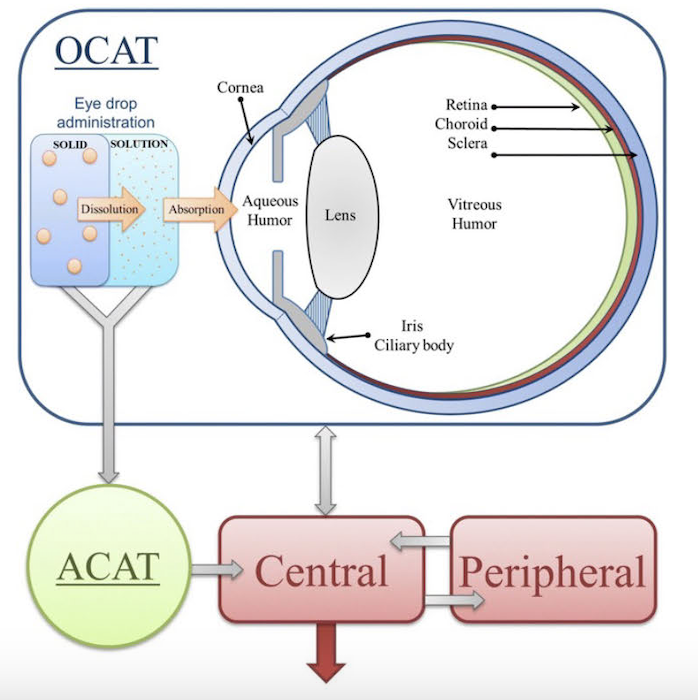

PFAS Analysis and Therapeutics
Per- and polyfluoroalkyl substances, "Forever chemicals"
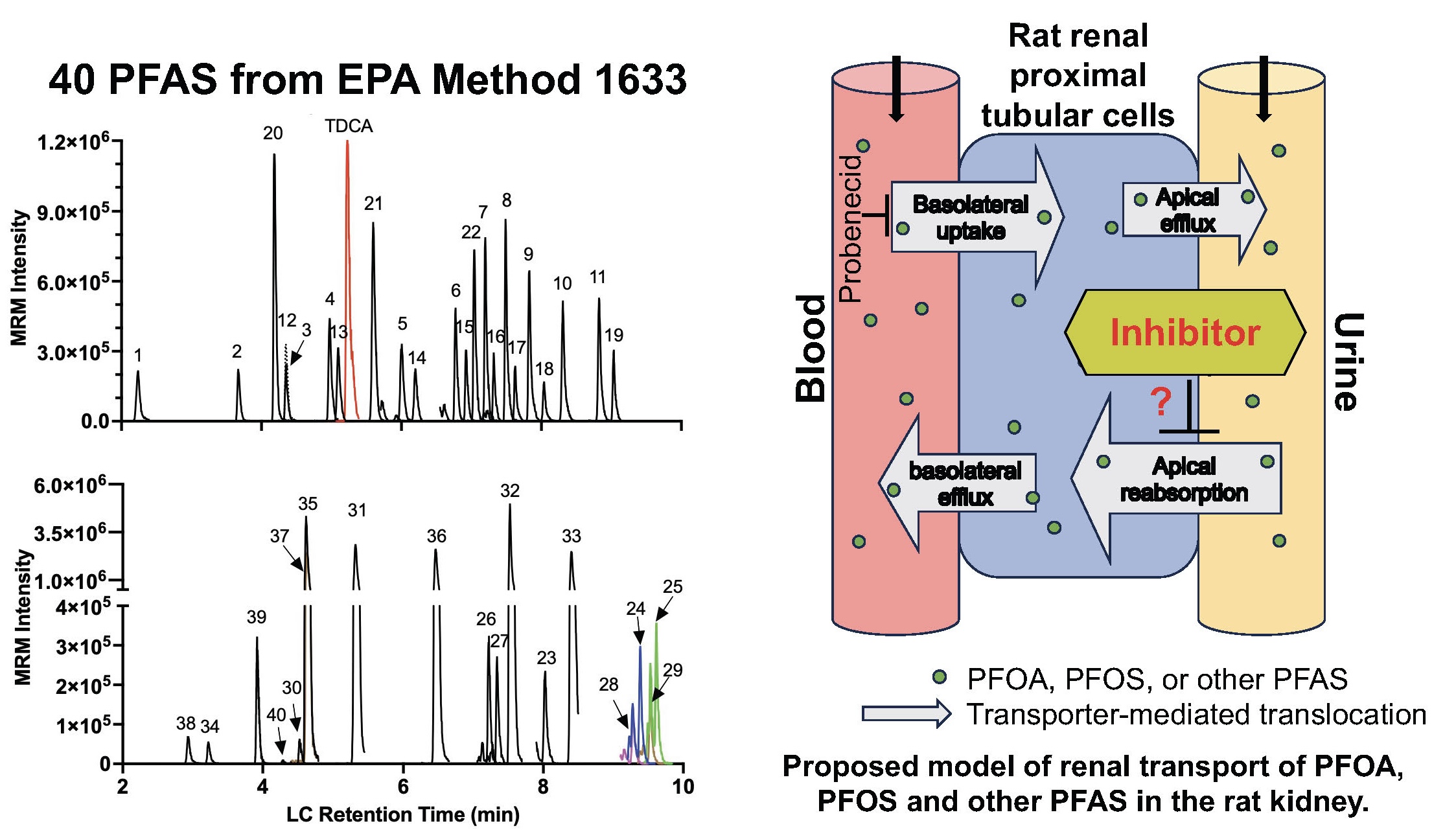

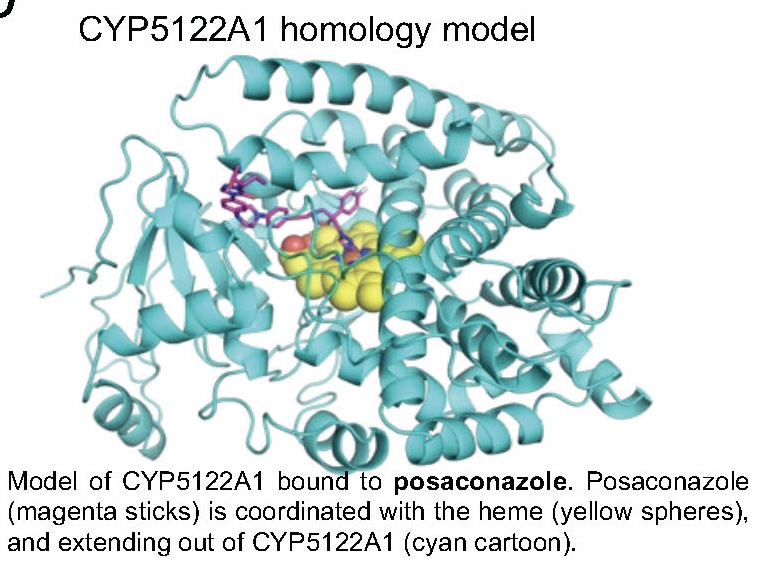
Human Leishmaniasis
- Protozoan Leishmania parasites (>20 species), transmitted by sandfly
- Obligate intracellular parasites (macrophage phagolysosome)
- 98 countries and 350 million people at risk
- Most common clinical forms:
- Visceral (VL): Internal organs (liver/spleen/BM), fatal without treatment, 2nd deadliest parasitic killer in the world (after malaria)
- Cutaneous (CL): Ulcerative skin lesion, serious social prejudice/stigma
- VL: 0.2-0.4 mil new cases/yr;
- CL: 0.7-1.3 mil new cases/yr;
Blood Exosomal Proteins as Non-Invasive Cancer Biomarkers
